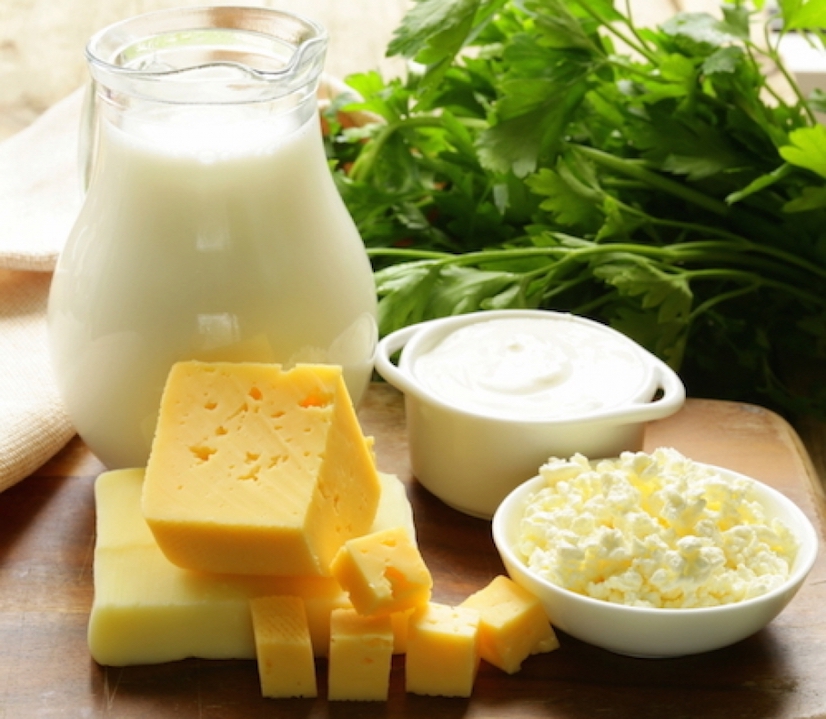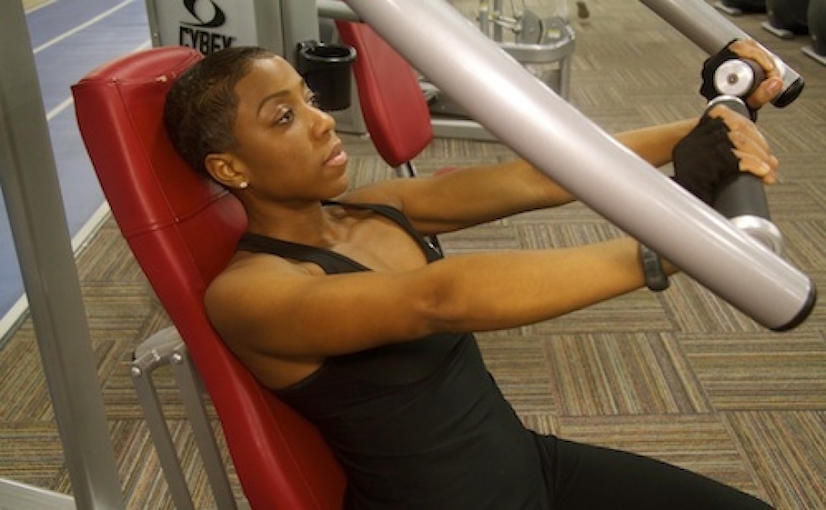High cholesterol (also known as hypercholesterolemia) is a chronic health condition in which there’s too much “bad” cholesterol and an abundance of triglycerides (fats from foods) floating around in the bloodstream. Although heredity and other uncontrollable factors like age and gender can often influence the development of high cholesterol, in addition to eating the right foods, you can greatly improve your cholesterol levels with regular exercise training and other forms of physical activity.
But, in order to fully understand the ways in which physical activity can directly influence cholesterol, you must first have a general understanding of the components that make up your cholesterol profile.
Related Article: High Cholesterol: What You Need to Know
As I already mentioned, too much bad cholesterol in the blood is what largely drives the onset of hypercholesterolemia. Low-density lipoprotein (LDL) cholesterol is the type that’s generally branded as “bad”. Along with triglycerides, excess LDL cholesterol in the bloodstream tends to settle as fatty deposits within the walls of the arteries. Over time, these deposits can build up and form what are called plaques. These plaques can ultimately cause narrowing or blockage of the arteries.
This condition (also known as atherosclerosis) limits the healthy flow of blood (and consequently oxygen) and increases the risk of heart disease and potentially life-threatening complications like heart attack and stroke due to reduced oxygen supply to the heart and brain, respectively.
Related Article: Three Ways to Reduce Your Risk of a Heart Attack
On the flip side, there’s high-density lipoprotein (HDL) cholesterol, which is known as the “good” kind. This type of cholesterol actually helps remove deposits of bad cholesterol from the artery walls. Needless to say, it’s desirable for HDL cholesterol levels to be high, as this’ll lesson the likelihood of LDL cholesterol build up in the arteries.
So, where does exercising fit into the cholesterol-lowering equation?
Well, believe it or not, exercise is actually one of the most effective ways to increase HDL cholesterol. This holds especially true for cardiovascular (cardio) exercises like brisk walking, jogging, cycling, swimming, and cardio-based group fitness formats. Performing cardio exercise is also one of the best ways to keep blood triglyceride levels under control. This is partly due to the fact that the body can generally use blood triglycerides to meet the energy demands of exercising muscles.
Related Article: How to Perform Cardio Exercise the Right Way
The fat-burning effects of cardio can also support reductions in triglycerides and bad cholesterol as well. This is largely due to the fact that excess stored body fat is directly related to increased triglyceride and LDL cholesterol levels, especially the fat that’s concentrated in the belly area (visceral fat).
Related Article: Why Exercise Alone Won’t Get Rid of Belly Fat
Let me emphasize that these exercise-associated cholesterol-lowering effects are most pronounced with higher volumes of cardio. This essentially means that performing cardio exercise more intensely, frequently and/or longer will result in the greatest benefits. In general, the volume of exercise you perform should (at a minimum) equate to jogging 2-3 miles a day.
As an exercise scientist, I generally recommend performing a minimum of 30-60 minutes of cardio at least 3-5 days a week at an intensity that’s high enough to exceed the normal demands you put on your body. In other words, if you leisurely walk at a pace of 2.5 mph, you should really pick up the pace during an exercise session and walk at a more brisk pace of say 3.5-4.5 mph, or maybe even throw in some occasional spurts of jogging or running.
Related Article: Target Heart Rate: Are You Working Out Hard Enough?
Now, if you’ve already been diagnosed with hypercholesterolemia or have an increased risk due to family history, it’s generally better to exercise at low-to-moderate intensities for longer periods of time, as this’ll reduce the likelihood of a sudden heart attack or stroke. But, even in this case you should still perform cardio at an intensity that exceeds the normal demands you place on your body.
In addition to structured cardio exercise, you should also engage in more spontaneous types of physical activity. While a daily cardio bout can significantly lower your cholesterol, it’s counterproductive if you sit in a chair for a large majority of your day. So, take the stairs throughout the day in place of the elevator, fit a leisure walk into your lunch break or park as far as possible from a destination. Engaging in such activities can have remarkable effects on your overall cholesterol status.
Related Article: Spontaneous Physical Activity: What Is It and Why You Need It Every Day
Now, I’m going to switch gears a bit here and talk about resistance (weight) training, as it’s a perfect complement to cardio exercise. This type of training specifically promotes a more favorable cholesterol profile and also reduces the risk of heart disease and related complications in two ways:
- It improves body composition (ratio of fat-to-lean mass) by preserving lean muscle. This’ll in turn, boost the body’s inherent fat-burning potential in ways that support weight control and, ultimately, reductions in triglyceride and LDL cholesterol levels.
- In combination with cardio exercise, it stimulates dilation (or widening) of narrowed or blocked arteries in ways that promote healthy blood flow. This’ll reduce the likelihood of a sudden heart attack or stroke, particularly if you’re at increased risk.
Related Article: 5 Reasons Why Resistance Training Is Necessary for Weight Loss
Lifting weights with relatively lower loads and a high number of repetitions is a great way to build lean muscle without necessarily gaining bulk. When training with this way, it’s best to perform one or multiple sets of 12-20 repetitions of at least 8-12 exercises targeting all your body’s major muscle groups. Now, if you’re looking to build more strength and muscle definition, simply reduce your repetition range to about 6-12 and focus more on lifting heavier loads.
Regardless of your repetition range and the number of sets you perform, for maximum benefits, the amount of weight you lift should always fatigue your muscles within your planned number of repetitions. For example, if you plan to perform 20 repetitions, your muscles should start to fatigue somewhere between 18 and 20. In other words, 18 should feel like you can’t make it to 20 but light enough for you to get there.
Related Article: Weight Training 101: What You Need To Know Before You Lift
At the very least, resistance training should be performed at least 2-3 days per week. You can either alternate your resistance training with cardio exercise or even combine the two. It all depends on your daily schedule or personal preferences. So, just get it in where it fits.
Now, at the end of the day, there’s no real guarantee that the exercise strategies I’ve described will completely lower elevated cholesterol or even prevent the likelihood of your developing hypercholesterolemia. But, such active behaviors certainly put the odds in your favor, even if you’re at increased risk due to a family history or other risk factors.
But remember, even if you’re exercising regularly and being more physically active, healthy eating is also a critical component of the cholesterol-lowering equation. So, be sure you’re consuming a well-balanced diet rich in dietary fiber and cholesterol-fighting micronutrients.







